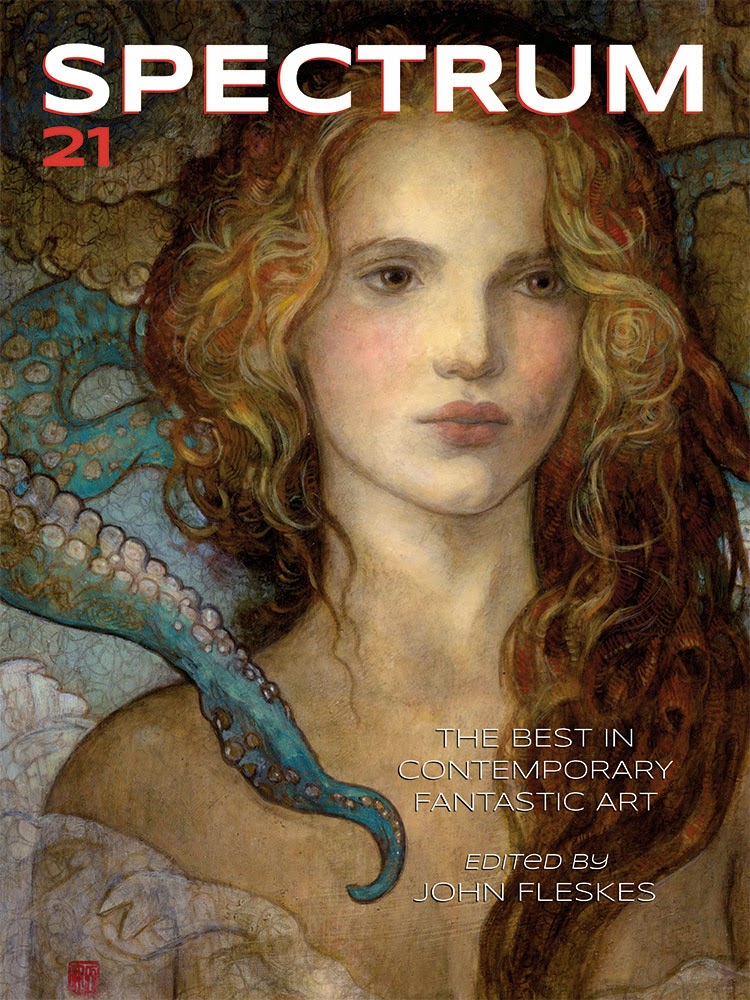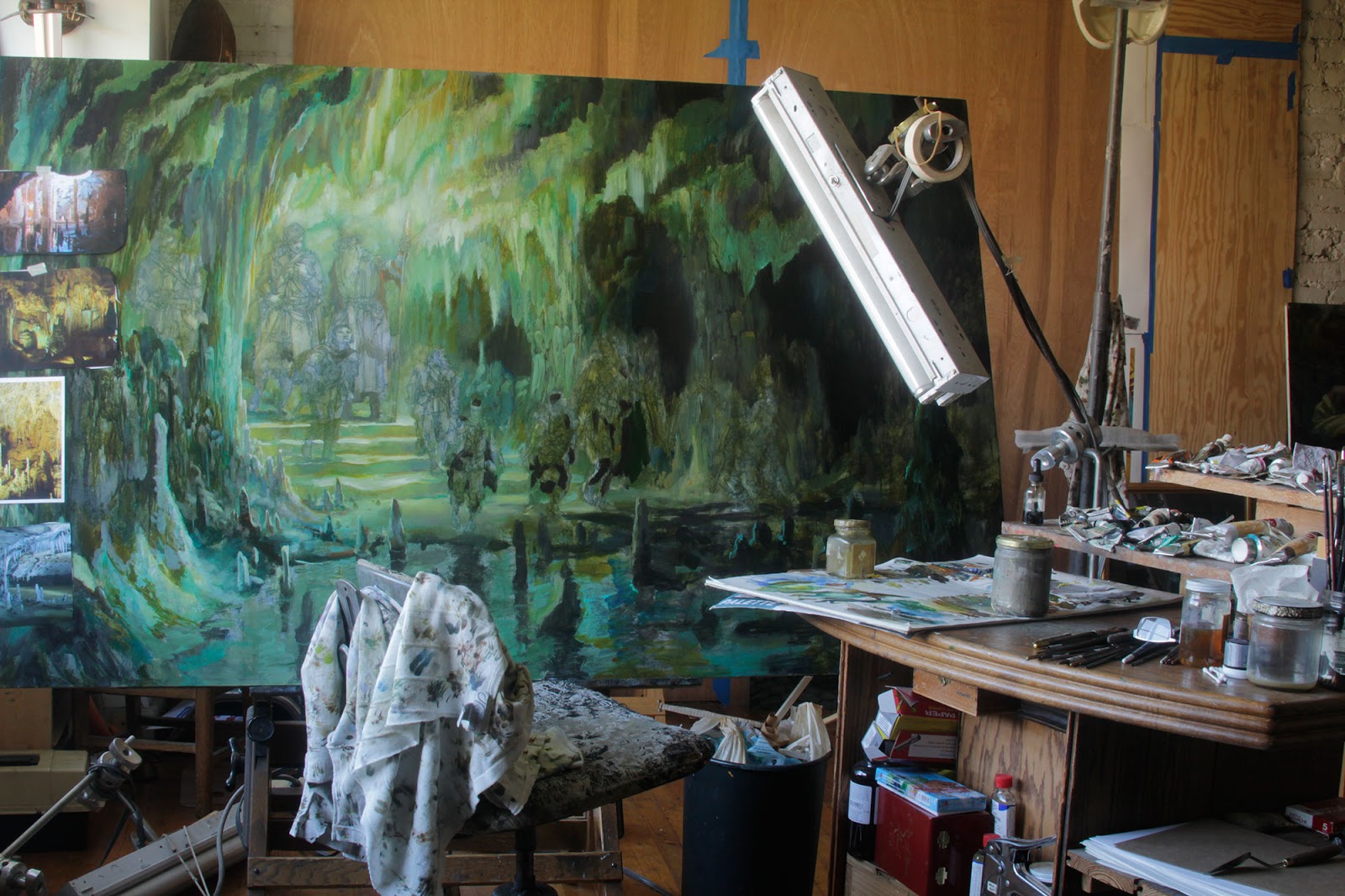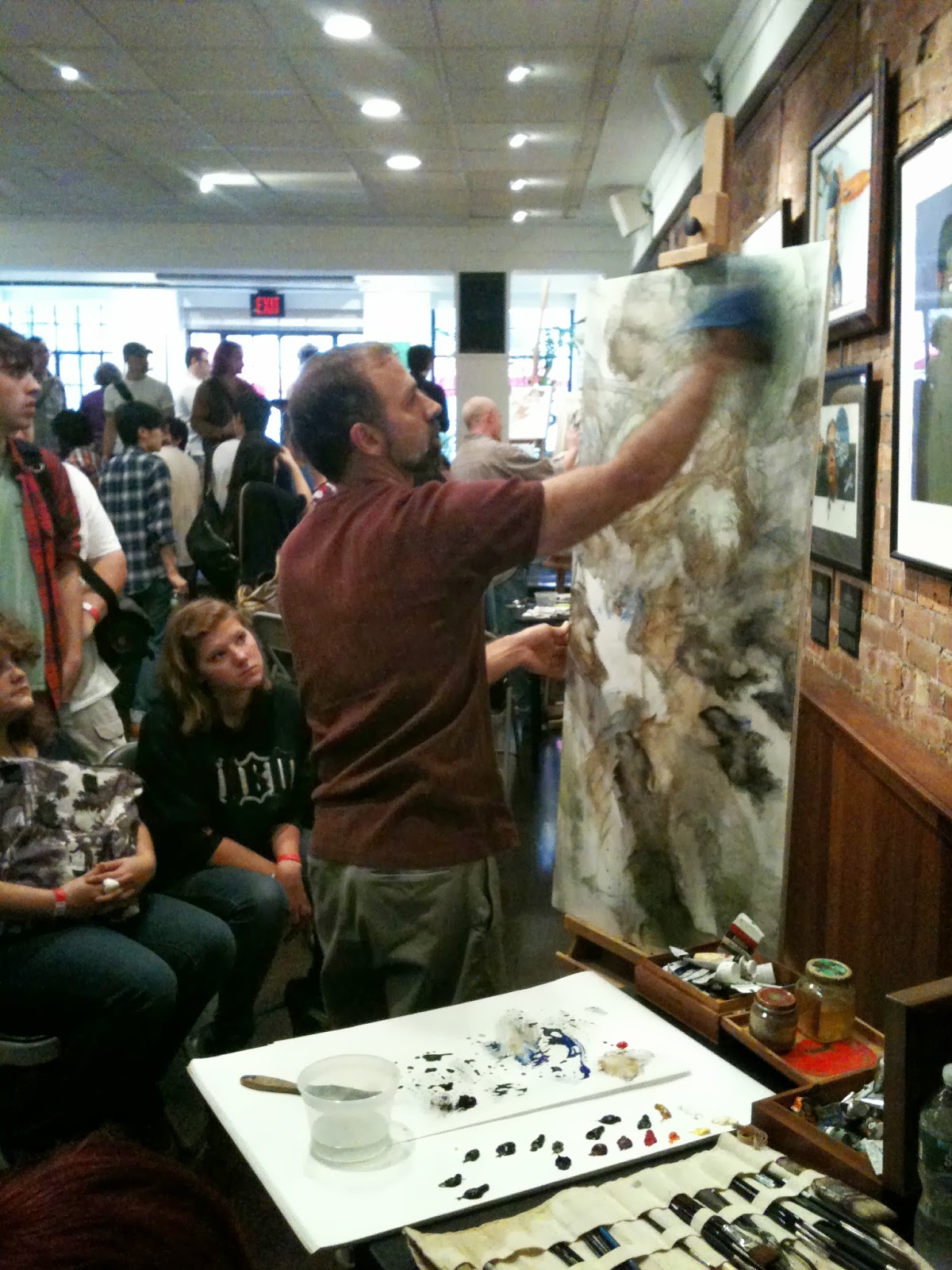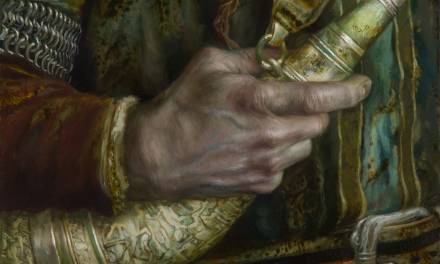 |
| Cover of Spectrum 21 by Rebecca Guay |
This past month has seen quite a few announcements come across my desk for competitions to enter artwork within and share what we do with a broader audience. Most of these competitions require a fee to enter and offer no guarantee of inclusion, even if you spend hundreds of dollars on submissions. Thus at first glance the decision is easy, why spend money on a chance to advertise when we can take that cash and turn it into a definite form of outreach. Why go through the headaches of filling out forms and preparing images with arcane submission guidelines and forms and uploading our jpgs with our last_name_first_firstnamelast_title_yearcreated_dropline_not-dash-size-birthdate-creditcardinfo-750pixelswideby800pixelstall.jpg.tif.RGB.CMYK_ARGH!!
Yes, I am put off by some requirements as well! But, there are many major benefits that competitions bestow upon us even if we never get in. While at FantasyCon in Salt Lake City this past July, a panel of professional artists touched upon this topic, and I was able to clarify both to the audience and myself why entering competitions has been so beneficial in my career.
Here a few of these thoughts:
1. Money very well spent. The relatively low cost to many of these competitions may expose your work to a much larger and diversified audience than what you could have ever pulled off with a similar level of cash outlay. A basic fee of $20-$30 per image means you may reach 10,000+ viewers. If you tried that with postcards, the mailing alone would reach $5,000 (mostly postage). You could of course stay digital, but even emailing 10,000+ individuals effectively would cost you hours upon hours of labor better spent in the service of your studio and art. In the end the labor costs alone make competitions a great bargain.
2. You commit to yourself. I believe one of the greatest benefits to entering work occurs just before you hit the send button or mail out the envelope…that you make a commitment to an image or set of images that represents who you are as an artist and will reflect work in a style or kind which you would like to potentially be commissioned again for in the future. By preparing work for an entry, you first need to commit to finishing that piece you’ve been dying to show off. Then you have to polish it so that it displays your abilities to their present best. Which brings up the third reason:
3. You meet a serious deadline. Yes we all would like another week or two to make it perfect, but by committing to a competition, you have to send in that art as is and learn to live with all the little mistakes you know are there, but which we see as just a part of your technique. The more often you make these kinds of commitments, the more confident you become in your decision making process, technical skills, and time management. This allows you to move forward with each project more confidently and speedily, leading to the fourth issue:
4. You become more prolific. As you enter more competitions, and meet more deadlines, you will be inspired and confident to produce work which you want to have seen by that larger audience. This also leads to creating more art of the type you wish to have in your portfolio. Speaking of portfolios, the fifth issue:
5. You assess the art in your portfolio. This to me was the greatest benefit I received from entering competitions like Spectrum, the Society of Illustrators, and Communication Arts in the early years of my career. In the process of deciding what to submit, I was forced to spread out all the art I had created in the past year, the good and the bad, rushed and the slow, inspired and the hated. There it all was, the productivity of my career as an artist, the results of my passion for art making. And early on I realized most of that art was not me. It was not reflective of the images I wished I could create, nor knew I had the ability to create.
The greatest benefit in entering was that I had to come to terms with the art I had just produced, which then redirected my future commissions into those forms and types of images which I wanted to create. I began to become more assertive with my clients and more passionate about projects, pushing my labor and commitments far beyond the expectations of my clients’. Pay was not an issue on many of these. My goal was to create images I hoped would make it into exhibitions, be seen by other professionals, and would be the art I wanted to known for and in the end become the art that I would receive future commissions based upon.
Oh, and that last reason you enter competitions:
6. You get in and get seen.






Check PNR
Thanks for the kick in the pants and the list of comps!
Thanks for this great information….
Payday loan consolidation
Spam everywhere!
But thNks for those links! I'm not ready for them but when I am, it'll be good times 🙂
Awesome as always!
Thanks for this great information….
view the FusionHQ 2.0 review:
FusionHQ review
This is really a good article, I really like
If you want to buy cheapest elo boost
Place open http://lol.vipmmobank.com/